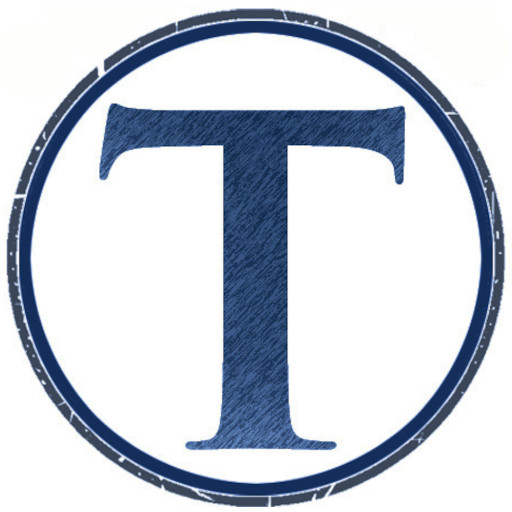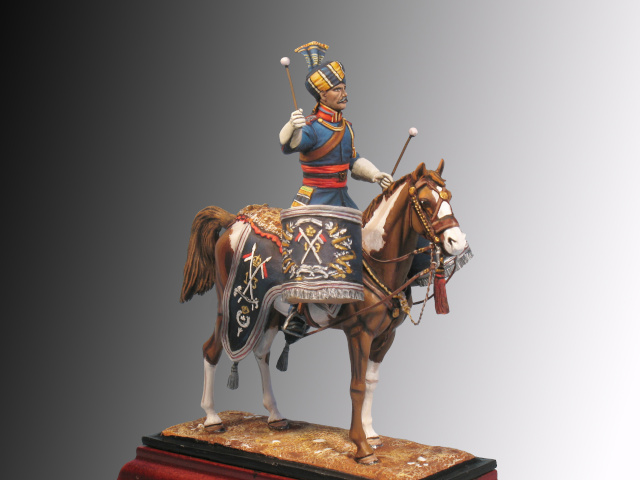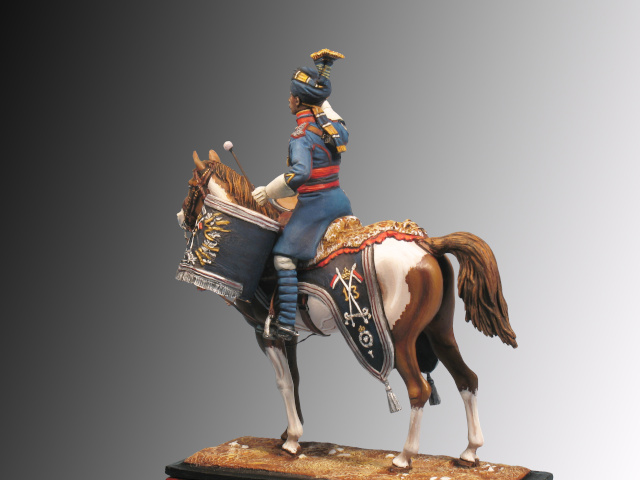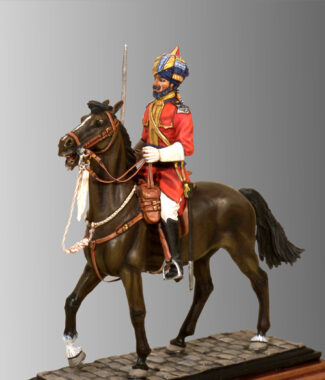You must be logged in to post a review.
13th Duke of Connaught’s Own Lancer. Kettledrummer – 1938
€76.00
Figure to assemble and paint
Ref.: 19 – IA
Weight: 190 grs.
Material: White Metal horse and figure. Resin kettledrummers
Number of Pieces: 22
Historical Review:
Raised in 1816 as 1st Native Troop of Cavalry.
1817 – 1st Regiment of Bombay Light Cavalry.
1842 – 1st Regiment of Bombay Light Cavalry (Lancers).
1861 – 1st Regiment of Bombay Silladar Light Cavalry.
1861 – 1st Regiment of Bombay Light Cavalry.
1880 – 1st Bombay Lancers.
1890 – 1st (Duke of Connaught’s Own) Bombay Lancers.
1903 – 31st Duke of Connaught’s Own Lancers.
After the reforms of 1923 it amalgamated with with the 32nd Lancers and was renamed the 13th Duke of Connaught’s Own Bombay Lancers.
In 1927 – 13th Duke of Connaught’s Own Lancers. After India’s independence in 1947, the regiment was renamed the 13th Lancers. In 1956 it became part of the Pakistan Armed Forces and was designated 13th Lancers.
Battle Honours: Ghuznee, Afghanistan, 1839, Punjab, Central India 1878-80, Burma 1885-87, Mesopotamia 1916-18, Kut al Amara 1917, Afghanistan 1919, Northwest Frontier 1937-40 and North Africa 1940-43.
Composition: (1901) – Deccan Maharats, Jats, Sikhs and Pathans.
The regiment had its baptism of fire in the invasion of Afghanistan in 1839, participating in the capture of Ghuznee. In 1842, it was converted into a lancer regiment. In the mutiny of 1857, it remained loyal to the British Crown. For a short period of time, it became part of the silladar system (1).
Squadrons of the regiment took part in the Burma campaign of 1885-87. During the First World War, he is seen in Mesopotamia. Between the wars, he is seen again in Afghanistan in 1919 and on the North-West Frontier between 1937 and 1940.
He took part in the North African campaign during the Second World War between 1940 and 1943.
The Duke of Connaught (Prince Arthur, Duke of Connaught and Strathearn (1850-1942), the seventh son of Queen Victoria’s nine sons), then Commander-in-Chief of the Bombay Army, became its Colonel-in-Chief in 1890. He still held the appointment in the 13th Duke of Connaught’s Lancers at his death in January 1942.
The uniform in 1883 was dark green with red badges, changing to dark blue in 1903. British officers when wearing the native uniform kept the same colour as the troops. When they wore the lancers’ uniform, it was dark blue, with red stripes, piping and plaston. White salacot with the pugri in the same colour as the native officers’ turbans.
Since 1846 the regiment had maintained a fanfare – a brass band – which it kept after the amalgamated with the 32nd Lancers, including in 1956 when it became the 13th Lancers.
The figure shows one of the regiment’s two drummers, who marched at the head of the troop. In this case he is a Pathan soldier, the other drummer being a Sikh.
He wears a dark blue uniform with a red sash and a dark blue turban with yellow, blue and white stripes on a red kulla, trimmed with gold. The sashcord can be seen, which was adopted by the regiment from 1880 onwards.
He rides a pinto horse, a very traditional cape for British cavalry drummers. The horse wears the regimental crest with the regimental emblem – two crossed lances above the regimental number – with leopard skin on the saddle.
All the regimental battle honours are embroidered on the cloth covers of the kettledrum.
NOTE (1)
In the early irregular cavalry regiments, the silladar system consisted of the army providing all the equipment for the troops, except for the horse, which had to be provided by the conscript.








Reviews
There are no reviews yet.